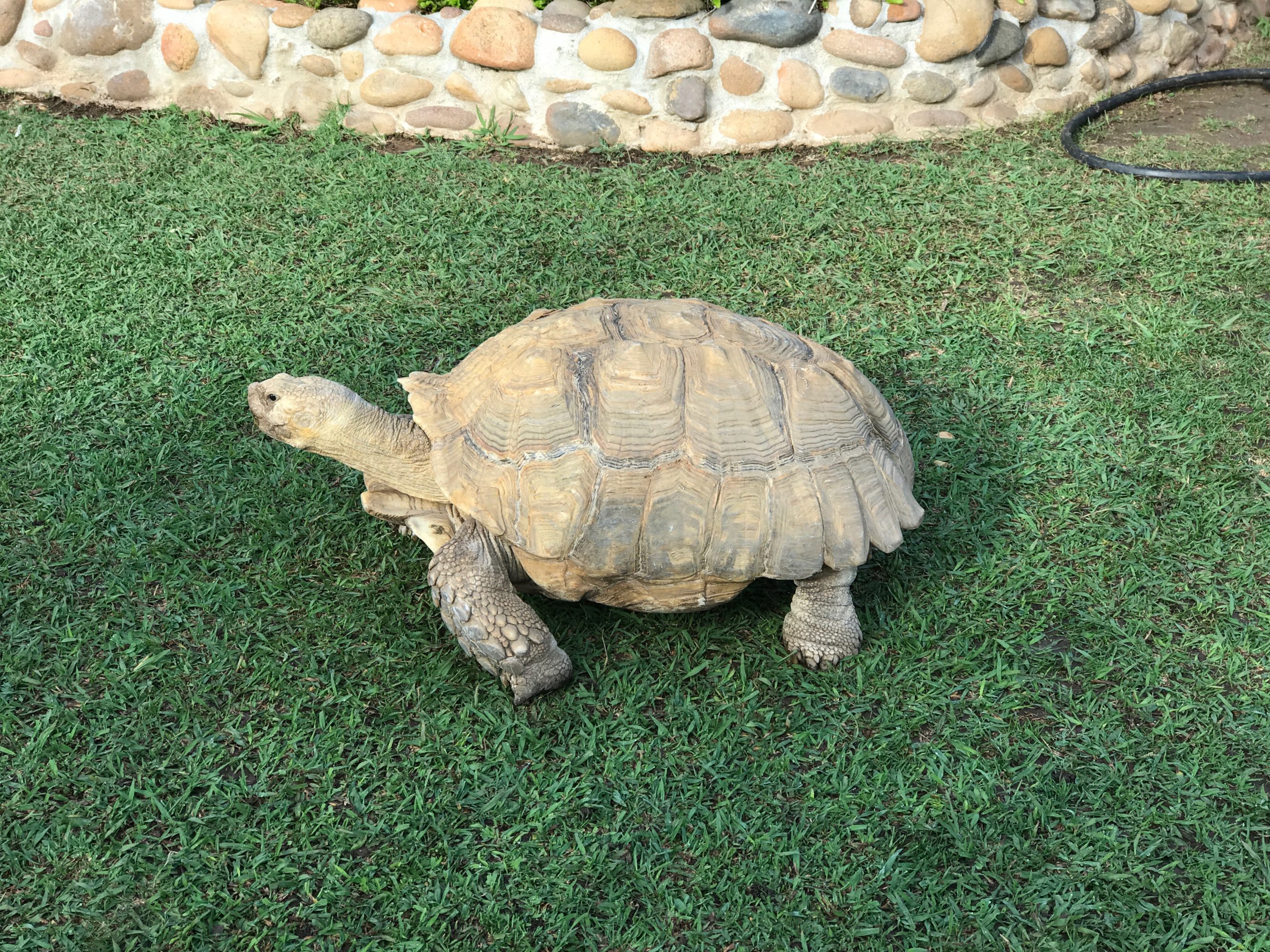Morla Turtle: The Majestic And Enigmatic Creature Of The Wild
Ever wondered about the fascinating world of the Morla turtle? This incredible creature has captured the imagination of nature enthusiasts worldwide. Known for its unique features and remarkable adaptations, the Morla turtle stands out as one of the most intriguing species in the animal kingdom. In this article, we’ll dive deep into the life of the Morla turtle and uncover the secrets behind its survival. So, buckle up and let’s explore together!
If you’re into wildlife or just curious about these magnificent creatures, you’ve come to the right place. The Morla turtle, scientifically known as "Chelonia morla," is not just any ordinary turtle. It’s a symbol of resilience, adaptability, and survival. From its habitat to its dietary preferences, every aspect of the Morla turtle’s life is fascinating and worth exploring.
Whether you’re a student, researcher, or simply someone who loves learning about nature, this article will provide you with all the information you need. We’ll cover everything from the Morla turtle’s physical characteristics to its role in the ecosystem. So, let’s get started and uncover the mysteries of this incredible species!
Understanding the Basics of the Morla Turtle
What Exactly is a Morla Turtle?
Now, let’s break it down for you. The Morla turtle is a marine species that belongs to the family Cheloniidae. It’s primarily found in the warm waters of the Indian and Pacific Oceans. What makes the Morla turtle stand out is its distinctive shell pattern and vibrant colors. Its shell, or carapace, features intricate designs that help it blend seamlessly into its surroundings.
Interestingly, the Morla turtle is a herbivore, feeding mostly on seagrass and algae. This diet plays a crucial role in maintaining the health of marine ecosystems. By grazing on seagrass beds, the Morla turtle helps prevent overgrowth, ensuring a balanced environment for other marine life.
Where Does the Morla Turtle Live?
When it comes to habitat, the Morla turtle is quite versatile. It thrives in coral reefs, seagrass beds, and shallow coastal waters. These environments provide the perfect conditions for the turtle to feed, rest, and reproduce. However, due to climate change and human activities, the Morla turtle’s natural habitat is under threat, making conservation efforts more critical than ever.
Regions like Australia’s Great Barrier Reef and the Maldives are hotspots for Morla turtle sightings. These areas offer the ideal mix of warmth, food, and safety, making them perfect breeding grounds for the species.
Physical Characteristics of the Morla Turtle
The Morla turtle’s appearance is nothing short of breathtaking. Its shell, which can grow up to 1 meter in length, is a work of art. The vibrant hues of green, brown, and yellow create a mesmerizing pattern that’s both beautiful and functional. This shell not only protects the turtle from predators but also aids in camouflage.
Another standout feature of the Morla turtle is its flippers. These powerful limbs allow the turtle to glide effortlessly through the water, covering vast distances with minimal effort. The flippers also play a crucial role during nesting, helping the female turtle dig nests in the sand.
Size and Weight
On average, a fully grown Morla turtle weighs between 68 to 190 kilograms. Its size varies depending on factors like age, diet, and habitat. Despite its hefty weight, the Morla turtle is incredibly agile, capable of swimming at speeds of up to 35 kilometers per hour. This speed is essential for evading predators and traveling long distances.
Life Cycle and Reproduction
How Do Morla Turtles Reproduce?
The life cycle of the Morla turtle is a fascinating journey. It begins with the female turtle laying eggs on sandy beaches during the nesting season. A single nest can contain anywhere from 50 to 200 eggs, depending on the turtle’s age and health. The eggs incubate for about 60 days before hatching, and the tiny hatchlings make their way to the sea.
Once in the water, the hatchlings face numerous challenges, including predators and harsh environmental conditions. Only a small percentage of these hatchlings survive to adulthood, highlighting the importance of conservation efforts.
Challenges Faced During Reproduction
One of the biggest challenges faced by Morla turtles during reproduction is habitat loss. Coastal development, pollution, and climate change have significantly impacted nesting sites, making it harder for turtles to lay their eggs safely. Additionally, rising sea levels threaten to submerge many of these nesting beaches, further complicating the situation.
Diet and Feeding Habits
As mentioned earlier, the Morla turtle is a herbivore. Its diet primarily consists of seagrass and algae, which it consumes in large quantities. This diet not only sustains the turtle but also contributes to the health of marine ecosystems. By keeping seagrass beds in check, the Morla turtle helps maintain biodiversity and supports other marine species.
Interestingly, the Morla turtle’s feeding habits change as it grows. Juvenile turtles tend to consume a mix of plant and animal matter, while adults stick strictly to a plant-based diet. This shift in diet is believed to be linked to the turtle’s changing energy requirements as it matures.
Why Is Their Diet Important?
The Morla turtle’s diet plays a crucial role in maintaining the balance of marine ecosystems. By feeding on seagrass, the turtle helps prevent overgrowth, which can lead to oxygen depletion and harm other marine life. Additionally, the nutrients released during digestion contribute to the overall health of the ecosystem, creating a symbiotic relationship between the turtle and its environment.
Conservation Status and Threats
Unfortunately, the Morla turtle is classified as an endangered species. Numerous threats, both natural and man-made, have contributed to its declining population. Habitat destruction, pollution, and illegal poaching are just a few of the challenges faced by this incredible species.
Efforts to protect the Morla turtle are ongoing, with various organizations and governments working together to create safe habitats and enforce protective laws. Programs like beach conservation and hatchery projects aim to increase the survival rate of hatchlings and ensure the species’ long-term survival.
What Can We Do to Help?
There are several ways you can contribute to the conservation of the Morla turtle. Supporting organizations that focus on marine conservation, reducing plastic waste, and spreading awareness about the species are just a few examples. Every small action counts, and together, we can make a difference.
Interesting Facts About the Morla Turtle
- The Morla turtle can live up to 80 years in the wild.
- It’s one of the largest marine turtles, with a shell that can grow up to 1 meter in length.
- Despite its size, the Morla turtle is a gentle creature, posing no threat to humans.
- Its scientific name, "Chelonia morla," reflects its unique characteristics and adaptations.
Why Are Morla Turtles So Special?
Beyond their physical attributes, Morla turtles hold cultural significance in many parts of the world. They are often seen as symbols of longevity, wisdom, and resilience. In some cultures, they are even considered sacred, with legends and stories passed down through generations.
Scientific Research and Studies
Scientists around the world are actively studying the Morla turtle to better understand its behavior, habitat, and conservation needs. Advanced technologies like satellite tracking and DNA analysis are being used to gather valuable data. These studies not only help protect the species but also contribute to our understanding of marine ecosystems as a whole.
Recent research has highlighted the impact of climate change on the Morla turtle’s nesting sites. Rising temperatures and sea levels are altering the conditions necessary for successful reproduction, making it imperative to address these issues urgently.
Key Findings from Recent Studies
One of the most significant findings from recent studies is the role of temperature in determining the sex of Morla turtle hatchlings. Warmer temperatures result in more female hatchlings, while cooler temperatures produce more males. This discovery underscores the importance of maintaining stable environmental conditions for the species’ survival.
Conclusion: Why the Morla Turtle Matters
In conclusion, the Morla turtle is not just a fascinating creature but a vital component of marine ecosystems. Its unique characteristics, behavior, and role in maintaining ecological balance make it a species worth protecting. By understanding its needs and challenges, we can work together to ensure its survival for future generations.
We urge you to take action by supporting conservation efforts, reducing your environmental footprint, and spreading awareness about the Morla turtle. Together, we can make a difference and help preserve this incredible species. Share this article with your friends and family, and let’s inspire others to join the cause!
Table of Contents
- Understanding the Basics of the Morla Turtle
- What Exactly is a Morla Turtle?
- Where Does the Morla Turtle Live?
- Physical Characteristics of the Morla Turtle
- Size and Weight
- Life Cycle and Reproduction
- How Do Morla Turtles Reproduce?
- Challenges Faced During Reproduction
- Diet and Feeding Habits
- Why Is Their Diet Important?
- Conservation Status and Threats
- What Can We Do to Help?
- Interesting Facts About the Morla Turtle
- Why Are Morla Turtles So Special?
- Scientific Research and Studies
- Key Findings from Recent Studies
- Conclusion: Why the Morla Turtle Matters

Pictures of Morla Gorrondona

Meet Morla 5 Minutes with Joe

Illustration MORLA the Turtle. the Endless Story. Neverending Story. A3